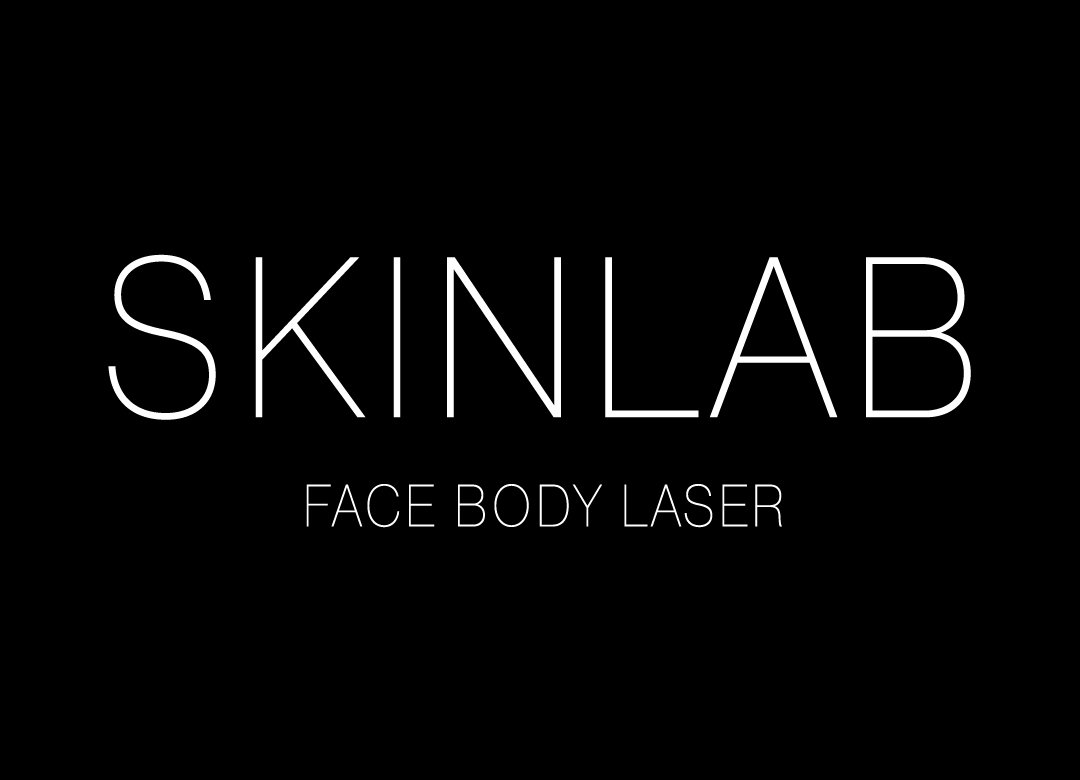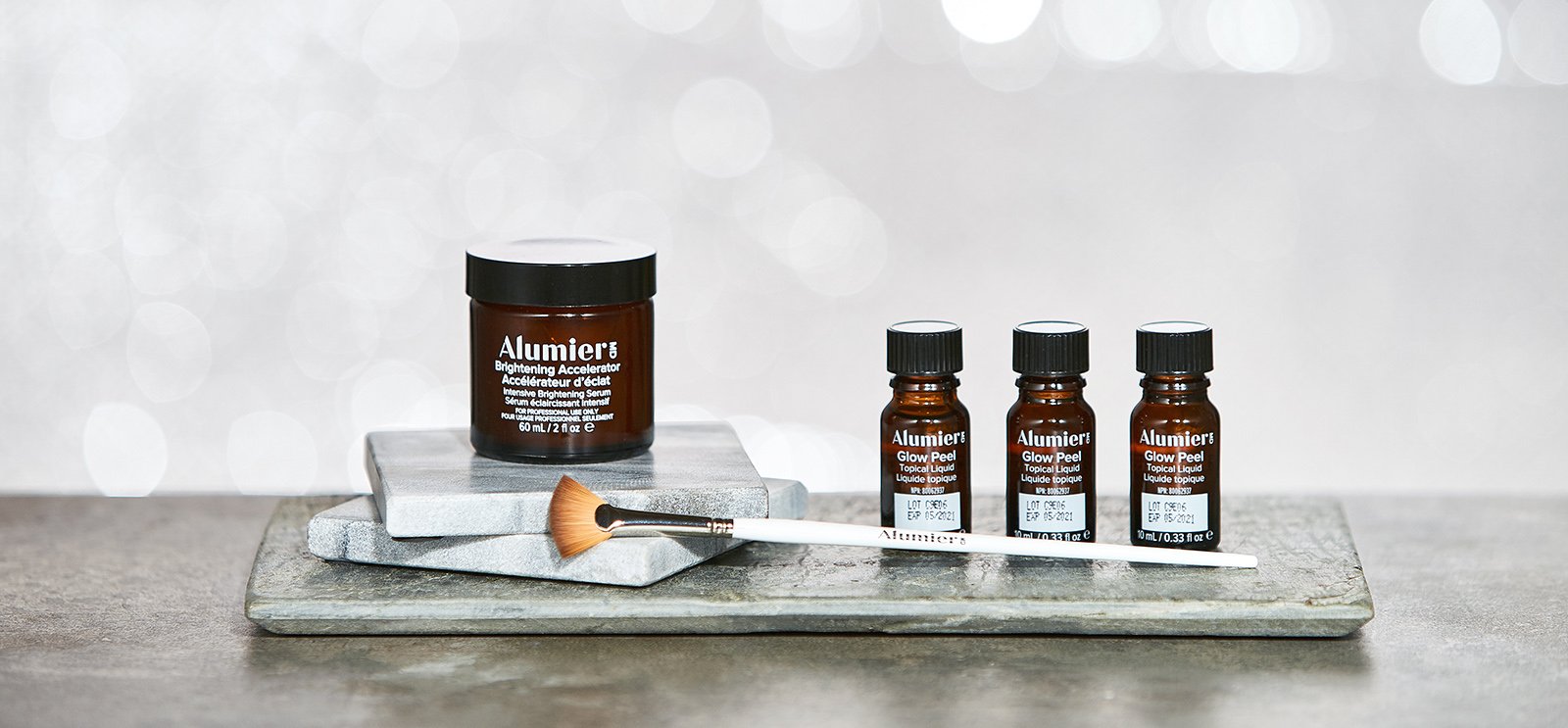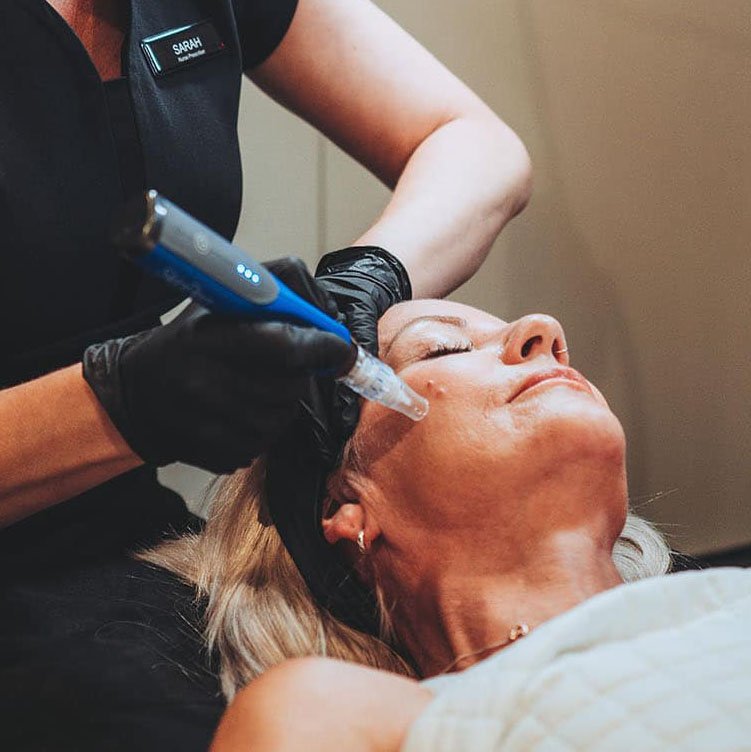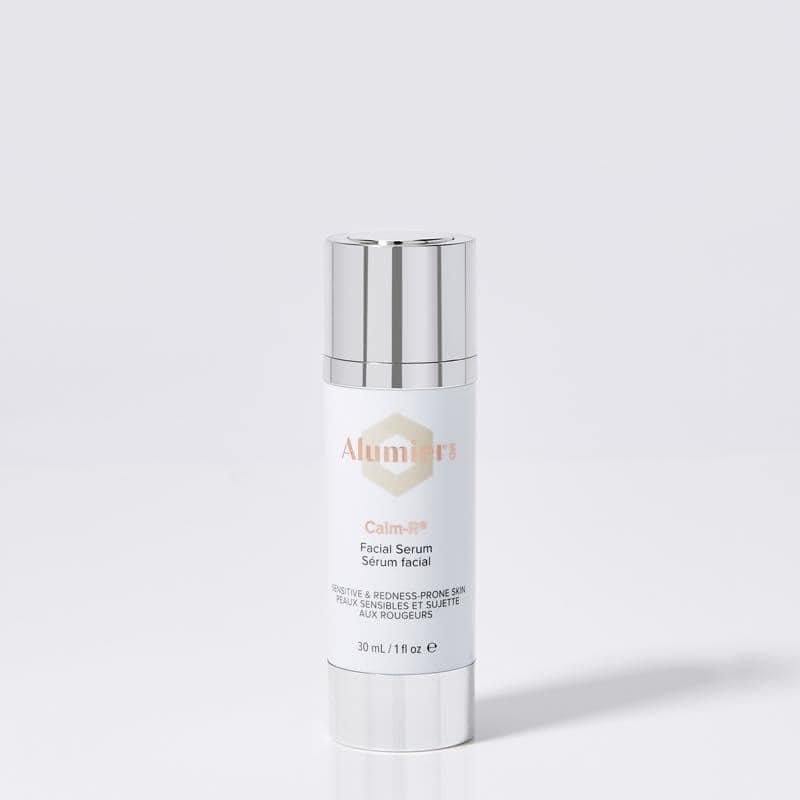
Dealing with pigmentation & uneven skin tone
About pigmentation & uneven skin tone
Hyperpigmentation occurs when excess melanin causes a darkened appearance to the skin in either small or large areas. Pigmentation is the natural colour of a person’s skin and it is related to melanin production. Melanin protects skin cells and their DNA by absorbing the sun’s ultraviolet rays (UVR). Darker skin types, in general, are more susceptible to hyperpigmentation than lighter skin types because their skin naturally contains more melanin.
Hyperpigmentation can become darker as the skin cells move closer to the surface. This point is important because, with many treatments, hyperpigmentation can darken in appearance before fading.
-
We want to help you achieve your best skin. That's why we offer a range of innovative treatments that can help reduce the appearance of pigmentation and give you back your confidence.
Hyperpigmentation occurs when excess melanin causes a darkened appearance to the skin in either small or large areas. This can be caused by a variety of factors, including sun damage, hormonal changes, and ageing. Darker skin tones, in general, are more susceptible to hyperpigmentation than lighter skin tones because the skin naturally contains more melanin.
How does hyperpigmentation happen?
-
UV induced:
This type of hyperpigmentation shows in the form of freckles, age spots and uneven skin tone. It is caused by exposure to ultraviolet rays (UVR), whether from the sun or tanning beds.
Post-Inflammatory Hyperpigmentation (PIH):
PIH is found in areas of the skin that have been subjected to inflammation due to trauma, acne or irritation (eg. fragrances or laser side effects). Inflammation stimulates Langerhans cells (immune cells), which alter the activity of melanocytes (skin cells), causing increased pigment production.
Melasma (chloasma):
Melasma appears as symmetrical patches most often on the cheeks, chin, upper lip and forehead. It can be related to pregnancy, birth control pill, menopause or hormone replacement therapy.
-
Hyperpigmentation triggers eg. inflammation, UV rays, hormones.
Melanin production is stimulated within melanocytes. Tyrosinase is one of the key enzymes in this process.
Melanin is transferred from melanocytes to skin cells.
Skin cells are in a constant state of upward motion to the surface.
The skin develops dark spots or patches on the surface or is uniformly darker (as in a tan).
treating pigmentation & uneven skin tone
At SKINLAB, we offer a range of effective treatments that can help reduce the appearance of hyperpigmentation and uneven skin tone. Say goodbye to hyperpigmentation and uneven skin tone and hello to glowing, healthy skin with our recommended treatments.
-
These chemical peels use medical-grade ingredients to exfoliate the skin and stimulate collagen production, helping to reduce the appearance of hyperpigmentation.
-
Our medical-grade skincare products can be used at home to help reduce the appearance of hyperpigmentation and promote a more even skin tone, as well as having many other benefits for ageing skin.
-
This treatment involves the use of tiny needles to create micro-injuries in the skin, stimulating the production of collagen and elastin, which increases skin cell turnover, leading to a lightening effect of the pigmentation.
What our clients are saying

Book a consultation
With years of experience and training, our team will develop a treatment plan that is tailored to your specific skin goals and help you achieve the results you deserve.




